
On June 14, the Costa Rican government called a press conference to give an important announcement: it had succeeded in unshackling 14 tourism projects in the province of Guanacaste, which would create 7,000 new jobs.
It is a great announcement if we take into account that Guanacaste has the third highest unemployment rate in Costa Rica (13.6% in the first quarter of 2018), but what Alvarado Quesada’s administration team did not say that day is that 12 of them are all in the same place: the Papagayo Gulf Tourist Pole, an area that Costa Rica has imagined as the hub for investment in Guanacaste since the 1970s and that still has not taken off.
They also didn’t explain that, although tourism is the engine of Guanacaste’s economy— along with the agricultural industry— it is an industry with high vulnerabilities, such as the seasonal nature of employment, the work schedules and wages that are not very competitive. Or that more than half of these jobs will be temporary because they will be needed only during the construction phases.
The Minister of Coordination with the Private Sector, Andre Garnier, said that it is “a coincidence” that most of the projects that the government is betting on to stimulate the economy of the province are at the Pole and involve tourism.
In addition, he affirmed that in total there are 60 initiatives that have some type of hindrance, which the government identified through the strategy called “Executive Tables.” “These other investments, not all are tourism nor are all within the Pole. There is some of everything,” Garnier assured.
Pole questioned
The executing office of the Pole, which is within the Costa Rican Tourism Institute (ICT), has granted concessions for 93% of the total project area, but of the 35 concessions granted, only eight have completed construction.
Lack of water in the province is one of the recurring excuses to explain why more than 10 years have passed without the concession holders completing the development of their projects.
In an investigation conducted by The Voice of Guanacaste in November 2017, the ICT had said that at least 13 concession holders had projects stalled due to lack of water resources, and that they were not granting new concessions until that problem was solved.
This is precisely the problem that the government says it unblocked. Claudia Dobles, the first lady, who is in charge of coordinating the Executive Tables, explained that they reached agreements to make parallel public and private investments.
In an interview with this media, the executive president of the National Institute of Aqueducts and Sewers (AyA), Yamileth Astorga, affirmed that the solution came with the Las Trancas-Bahia de Papagayo aqueduct, inaugurated in March in the canton of Carrillo.
This is one of the 54 projects of the Integral Water Supply Program for Guanacaste (PIAAG) and supplies people from communities, production sectors and the Pole. “Today it provides a total of 120 liters per second (lxs) of water but it has the capacity to reach 250 lxs within 20 years from now, so we can increase its flow,” Astorga said.
But water is not the only problem weighing on the Pole. The administration also lacks sufficient concessions from the ICT executing office.
The most recent internal audit report (March 2019) states: “Part of the valuation could include the alternative of stopping along the way and considering that, if continuing to manage it as before, there is no reason to expect different results.”
However, the former president of the National Chamber of Tourism (Canatur), who is now a legislator with the Christian Social Unity party (PUSC), Pablo Heriberto Abarca, stated that what matters is that “the government put on the accelerator for the project” and that this is a good time to make development reach its potential.
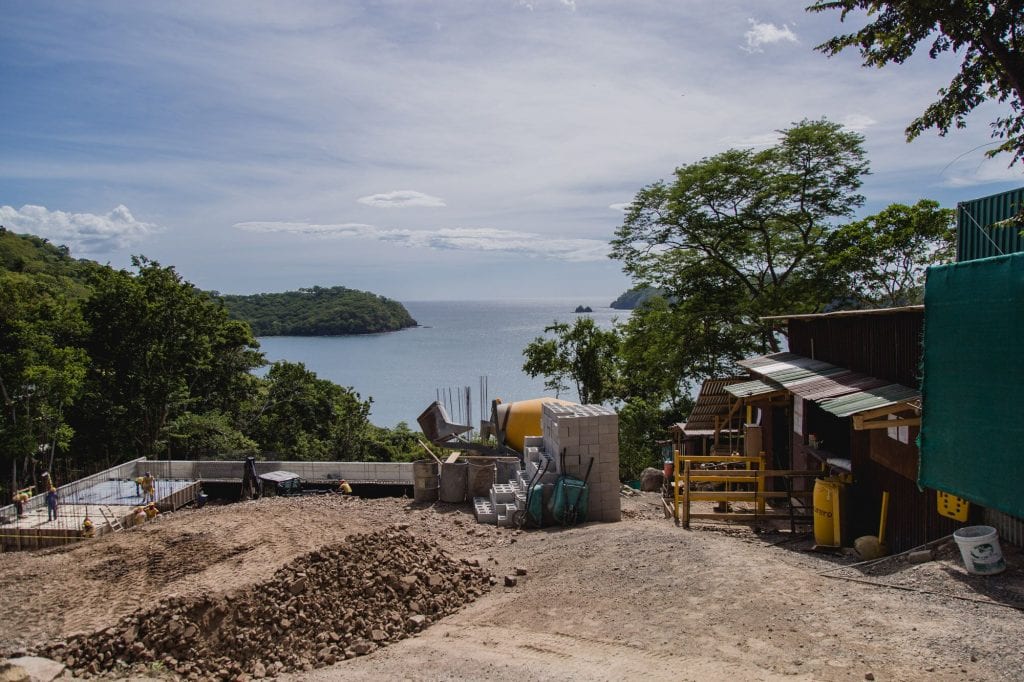
The Papagayo Gulf Tourist Project is managed by the Costa Rican Tourism Institute (ICT- Instituto Costarricense de Turismo).Photo: César Arroyo
Robust Industry But …
According to government estimates, the 7,000 jobs will have been created by 2022. Some 3,700 will be created in the construction phase and the rest when the projects are already in operation, all of them in tourism.
The sector faces several vulnerabilities. The first is the seasonal employment. The dependence of jobs on high seasons, in some cases, makes long-term employment positions difficult.
The vice president of the Costa Rican Association of Tourism Professionals, Sylvia Saurez, believes that seasonality can be curbed with the attempts they are making to attract new market niches, such as medical tourism or meeting tourism. But for that, there should be a clearly defined strategy.
In addition, tourism is an industry that does not escape the impact of international crises, which was demonstrated by the economic crisis of 2008-2009, when the monthly entry of tourists through the Daniel Oduber airport fell by 13,500 tourists between one year and the next (especially North Americans), according to ICT data.
Specialists consulted for this news report view the industry as one with low employability and low salaries. Saurez explained that the country does not have a study to understand how tourism behaves at the level of employability, and therefore, the National Commission for Tourism and Hotel Education is working on what would be the first national assessment of the sector.
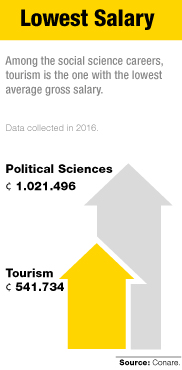
A study by the National Council of Rectors— “Monitoring the employment status of graduates of Costa Rican universities”— is the closest thing that exists for drawing some conclusions. For example, the study revealed that within the area of social sciences, tourism ranked sixth among 18 professions with the highest unemployment rates.
According to First Lady Claudia Dobles, the government is making an effort so that the province, through education, can generate people with the skill sets that companies require .
“We know that professional profiles in the tourism industry often come from the GAM (greater metropolitan area) to Guanacaste for the hotels’ administrative and managerial roles; that is what needs to change,” affirmed Dobles.
 Claudia Dobles: “Our Strategy Is Not Monothematic or Exclusive”
Claudia Dobles: “Our Strategy Is Not Monothematic or Exclusive”
Is the tourism sector the bet that Guanacaste should make?
The number one engine that Guanacaste has is tourism and, curiously, it is the one that starts to link together other sectors that come after it when one sees the data. Those 14 projects curiously are in the Papagayo Tourist Pole, but not all of the 60 projects are there.
Shouldn’t we stop relying on tourism and start betting on other economic engines in the region?
We need to have a strategy in the short and medium term for creating employment and placement of production chains, and we can have one in the long term where we are looking for diversification, especially in the agricultural industry. They are not exclusive things.
“A more robust economy is probably a diversified economy, and that does not mean that we are going to leave tourism out.”
How should we understand this commitment by the government from the point of view of the characterization of that employment: many times low wages and low level of training too?
We have also seen that and we are precisely generating a strategy with Cinde (Costa Rican Coalition for Development Initiatives) and the academic system to be able to put together the professional profiles that the tourism sector is going to create.
“What we have to do is link the professional profiles of Guanacastecans to this demand for employment that exists here.”
So does a modification need to be made to the academic courses offered?
We are precisely working with a strategy that Cinde is putting together for us, which it has very well mapped out, to approach both the academic system as well as INA (the National Learning Institute) in order to start generating these profiles and link them together.
“It is not that in Guanacaste there aren’t people with management profiles. It is that there are certain soft skills that have to be developed to be able to link with the tourism industry that we are not managing to achieve in Guanacaste and that is where we have to attack.”
Strictly on the subject of the Pole, the government isn’t taking on a task that belongs to the ICT office, dedicated exclusively to taking care of the performance of the Pole?
It is more of a structural problem than anything else and here I am not talking about the investment table; I am talking about the country. We do not necessarily have within our governance the inter-institutional coordination spaces that are required for projects to move forward. The office in the ICT that regulates the concessions has very many competencies but does not necessarily have the capacity to articulate.


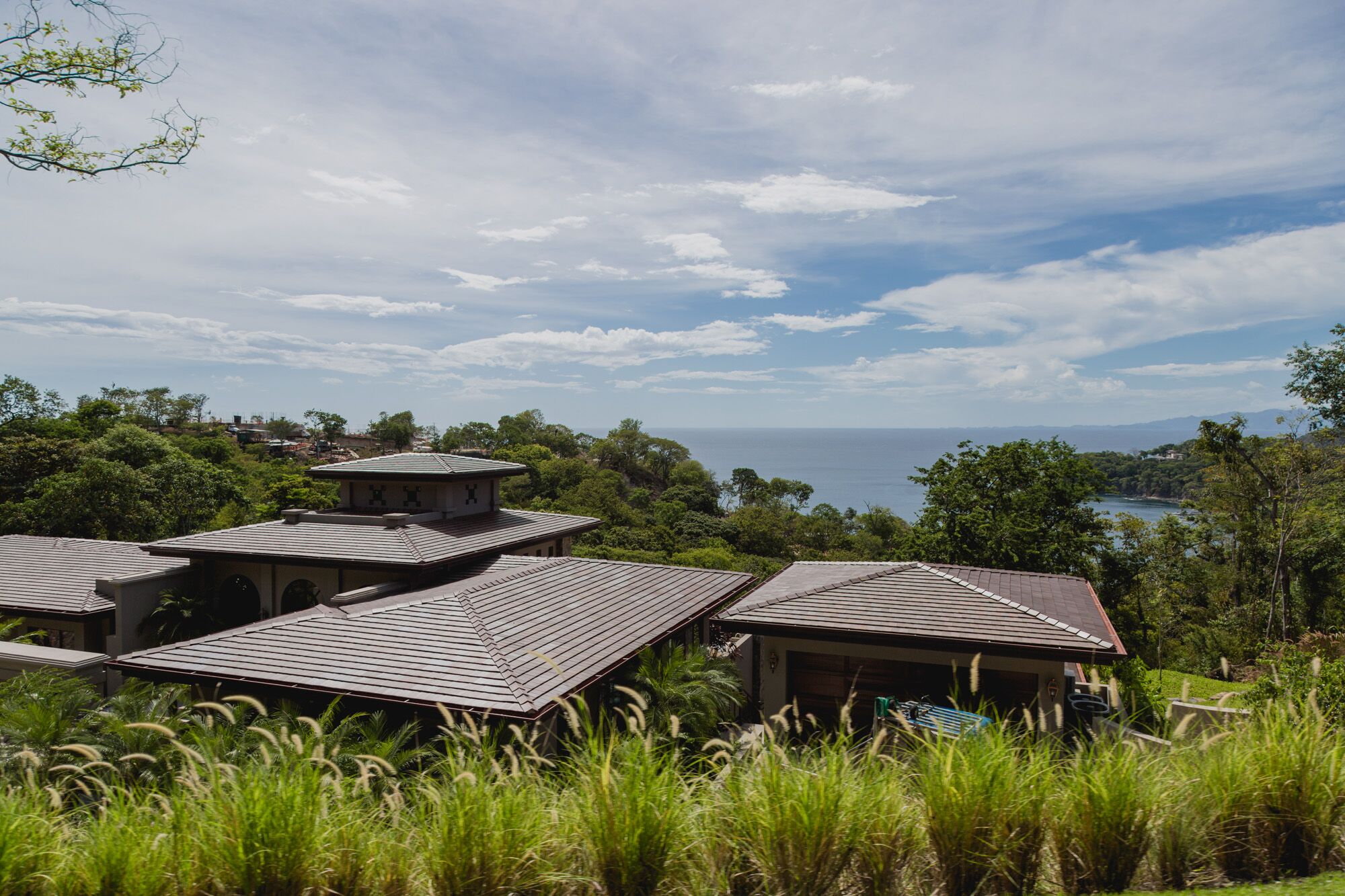

 Claudia Dobles: “Our Strategy Is Not Monothematic or Exclusive”
Claudia Dobles: “Our Strategy Is Not Monothematic or Exclusive”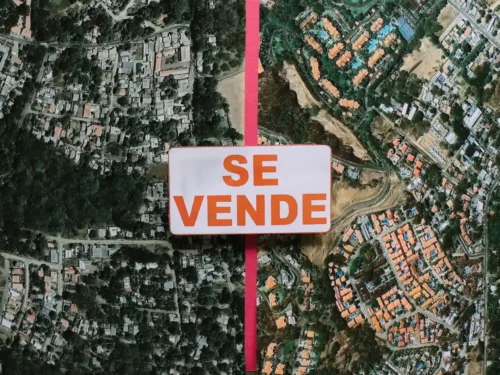
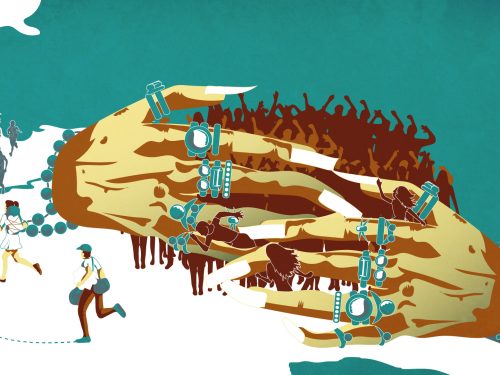
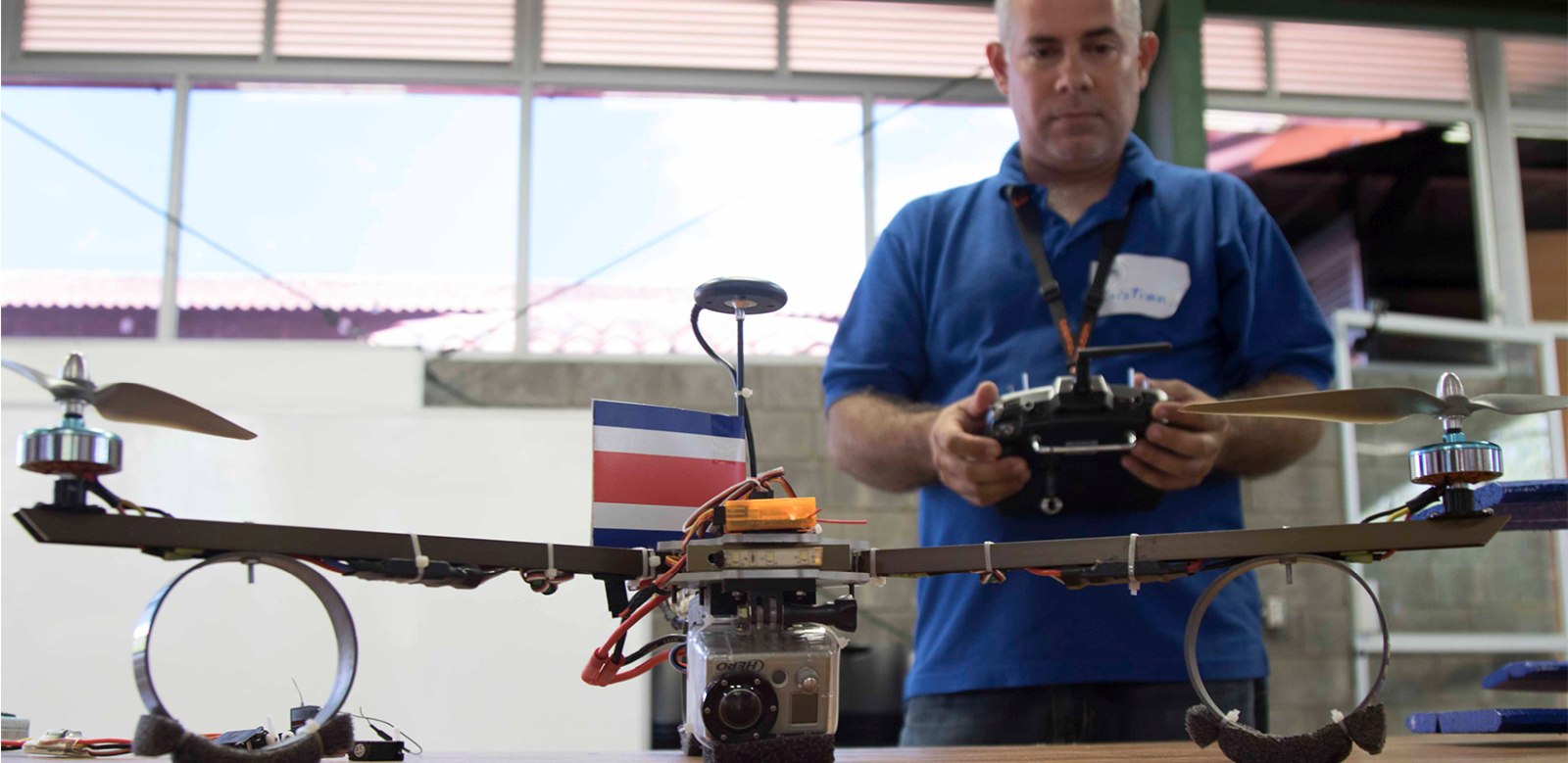

Comments